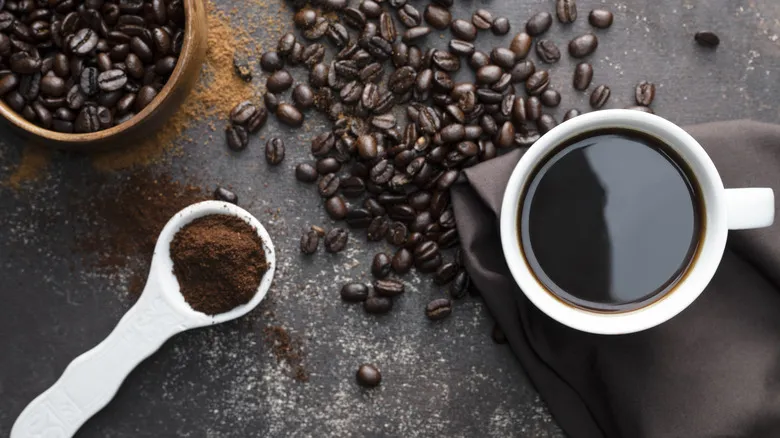Sniff, slurp, locate, and describe
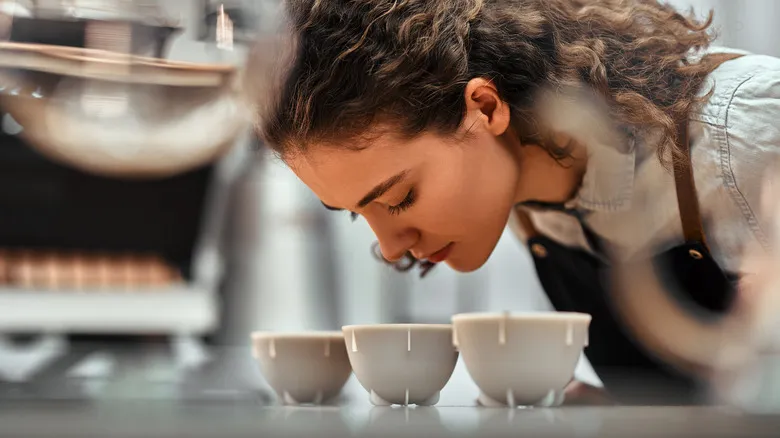
The initial step involves taking a moment to appreciate the aroma of the brew, allowing yourself to fully experience its fragrance and aromatic qualities; gentle wafting is recommended. For example, as you inhale the scent of your coffee, you may notice a range of delightful aromas, such as floral hints or subtle cherry undertones.
Next, take a deliberate slurp of the drink to spread its flavors across your palate while inhaling air; this technique helps you gauge the coffee's initial taste and enhances your sense of smell. When describing the flavor, pay attention to any sweet notes reminiscent of honey or molasses, as well as acidity that may evoke hints of citrus or tartness, along with any fruity or warm spice characteristics.
The third step is to identify the mouthfeel — consider the textural qualities such as creamy, thick, or thin — and the sensations the coffee creates in your mouth, like whether it feels astringent, puckering, or velvety smooth.
Finally, aim to articulate the subtle flavors — think about whether you detect notes like hazelnuts or berries — and the overall taste characteristics of the brew, including any lingering aftertastes.
As you go through these steps, be mindful of your personal preferences. You might discover that you enjoy a smooth mouthfeel or that you lean towards the intricate flavors of lighter roasts over the caramelized notes of darker ones. With time, you'll become more attuned to your own palate, allowing it to guide your choices for future brews.
Additional coffee-tasting tips
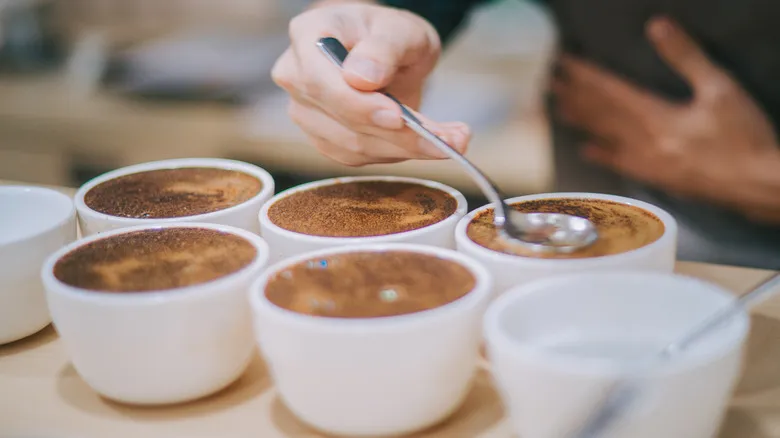
Just like hosting a wine or spirit tasting, gathering friends for a coffee tasting can be a delightful way to connect over culinary pleasures and enjoy a daily caffeine boost. Invite your friends over for breakfast and choose a variety of coffee roasts, origins, and blends. You can pick up a couple of bags from your favorite local coffee shop, and if they roast their own beans, they might even offer coffee tastings as well.
Regardless of how you decide to approach the four-step process of a thoughtful coffee tasting, ensure your coffee is hot but allow it to cool slightly to avoid burning your tongue or overwhelming the flavors. Serve it black and have palate cleansers like water and crackers available. If you want to take it a step further, consider keeping a note sheet for yourself and your fellow tasters. To minimize bias, it's best to refrain from discussing your thoughts and tasting notes until everyone has completed the four tasting steps for each coffee.
You may even discover subtle nuances, such as how your brewing method or water quality affects the coffee's flavor. While adding cream or milk can be enjoyable, it can mask these delicate details. By taking the time to evaluate the aroma, savor each sip, notice the coffee's texture in your mouth, and articulate its flavor profile, you'll enhance your coffee knowledge in a way that is both enjoyable and rewarding.
Recommended
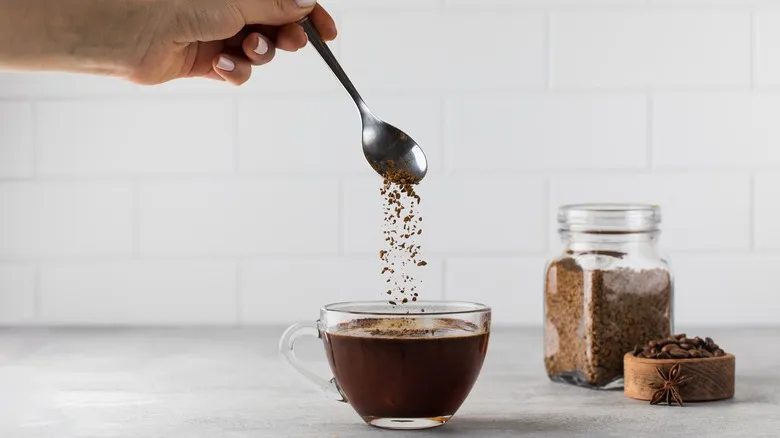
Your Instant Coffee Will Taste Café-Made With One Simple Swap

What Exactly Is The Difference Between Coffee And Espresso?
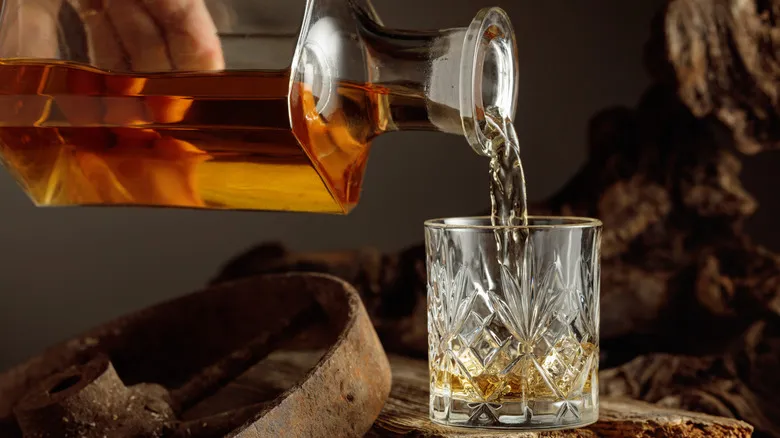
Do You Really Need A Whiskey Decanter?

What Proof Is Jack Daniel's Whiskey?
Next up

